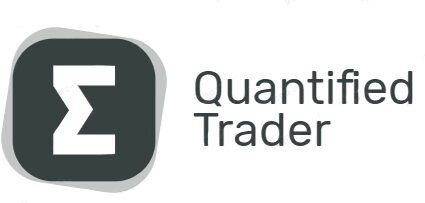Trading cryptocurrencies can be an exciting but challenging activity. With higher intraday volatility compared to traditional financial markets, successful crypto day trading requires a more robust skill set and careful strategy implementation.
What Is Crypto Day Trading?
Crypto-day trading involves entering and exiting trades within the same day, also known as intraday trading. Traders need to engage with intraday price dynamics effectively, which depends on the strategy they deploy. The focus is on smaller price movements based on intraday market behaviour, allowing traders to use tighter risk parameters and adjust their position sizes accordingly. Additionally, day trading eliminates the need for overnight holds, reducing overnight risks.
Categories of Crypto Day Trading Strategies
High-Frequency Trading (HFT): High-Frequency Trading relies on automated mathematical algorithms that execute orders in fractions of a second based on pre-set criteria. These algorithms manage a high volume of orders, aiming to capitalize on minute price movements over extremely short time frames. HFT traders prioritize speed and efficiency to minimize transaction costs and contribute to market liquidity.
Scalping: Scalpers capitalize on short and rapid price movements, using automated bots to increase trade frequency and profit from tiny price fluctuations through resale. Scalping involves higher frequency, larger trading volumes, and bigger positions compared to longer time frames. Risk management and strict exit strategies are essential for successful scalping.
Range Trading: Range trading leverages consolidation periods to profit from a predefined price range defined by key support and resistance levels. Traders enter short positions near the top of the range and long positions near the bottom, placing stop-loss orders beyond the range’s extremes to manage risk.
Crypto Arbitrage: Crypto arbitrage traders aim to capitalize on short-term price discrepancies between different cryptocurrency exchanges. They buy crypto on one exchange and quickly sell it on another at a higher price, taking advantage of the price differences. Speed is crucial in arbitrage trading, and automated tools are often used to seize opportunities swiftly.
Technical Analysis: Technical analysis involves using chart patterns and technical indicators to make trading decisions. Traders identify recurring price patterns and use indicators to guide their entry and exit points. Trend following and countertrend trading are two fundamental approaches to technical analysis.
Market Sentiment Analysis: Market sentiment analysis helps traders gauge market participants’ confidence and attitudes toward specific cryptocurrencies or the overall market. Traders monitor indicators like the Fear & Greed Index, Bitcoin dominance ratio, news, social media, and Google Trends to assess market sentiment.
Long-Term Position Trading: While day traders focus on short-term trades, long-term position trading can play a role in their overall strategy. By analyzing larger time frames like monthly and quarterly charts, traders can execute longer-term trades based on larger price movements.
Breakout Strategy: Breakout traders enter a trade when the price breaks out from a specific level, aiming to capitalize on rapid acceleration in the direction of the breakout. Breakouts can occur in either upward or downward directions, and traders look for trend reversal or continuation patterns to identify potential breakout opportunities.
Pullback Strategy: The pullback strategy involves identifying trends and patterns to enter a trade as the trend is about to resume its primary direction. This strategy can be used in both uptrends and downtrends, requiring proficient analysis of key support levels and the ability to determine when a pullback is complete.
